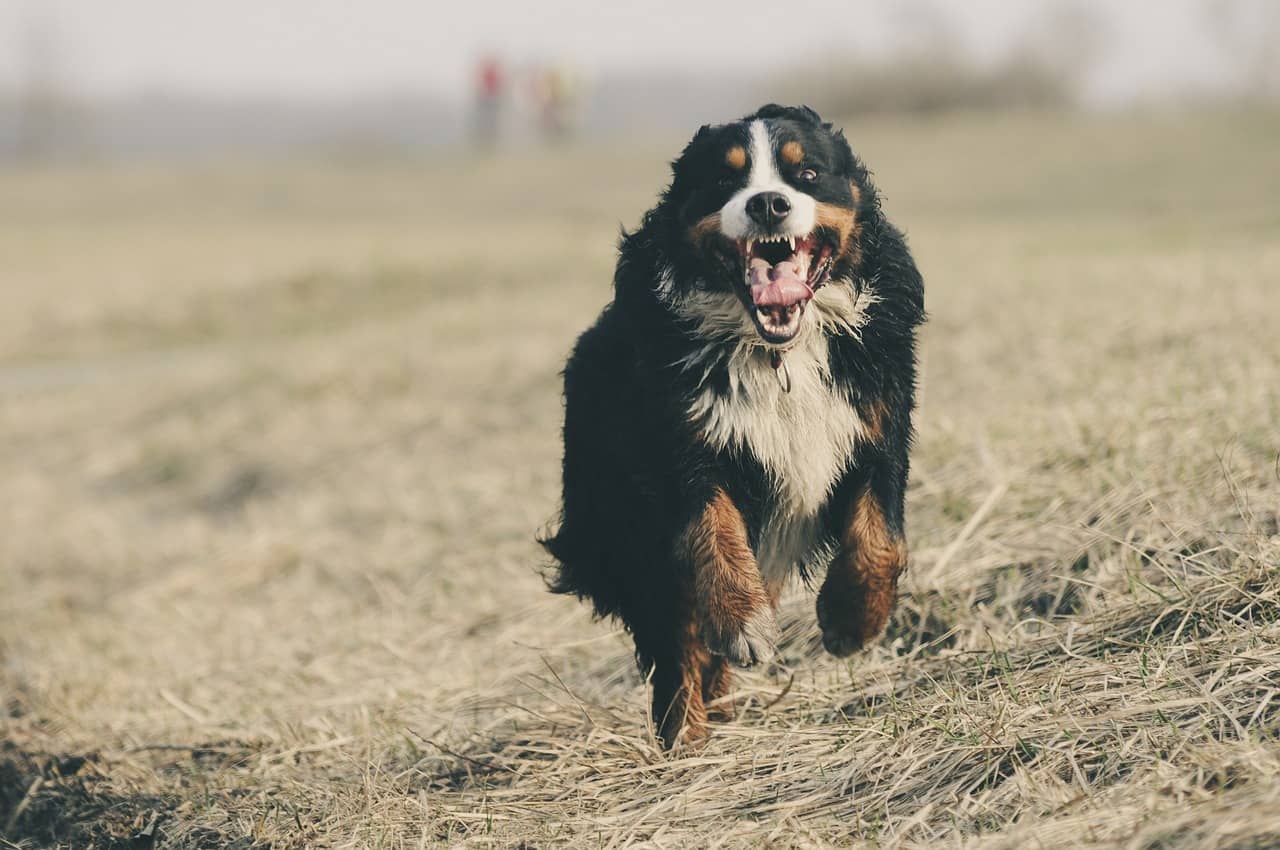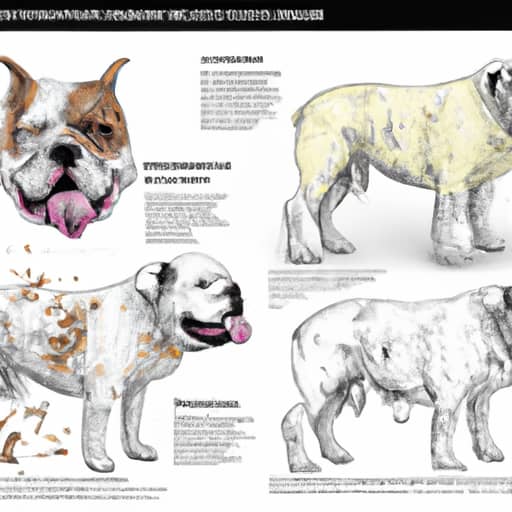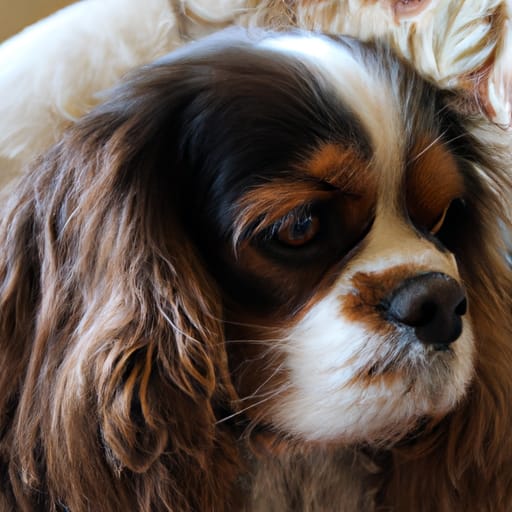Bernedoodle Shedding: Why Do Bernedoodles Shed?
Do Bernedoodles Shed? Have you ever wondered why Bernedoodles shed? If so, you’re not alone. Many owners of these adorable mixed breeds are perplexed by their shedding habits. In this article, we will explore the reasons behind Bernedoodles shedding and provide some insights into managing their fur. Whether you currently own a Bernedoodle or are considering getting one, this information will be valuable in understanding their shedding patterns and finding ways to keep your home fur-free. Say goodbye to constantly vacuuming and say hello to a shed-free life with your beloved Bernedoodle!
Bernedoodles Shedding
What is shedding?
Shedding refers to the natural process in which an animal’s old or damaged fur or hair is replaced by new growth. It is a common occurrence in many dog breeds and is influenced by a variety of factors, such as genetics, coat type, and environmental conditions. Shedding can vary in intensity, with some breeds shedding very little while others shed more profusely. Understanding the shedding patterns of different breeds is important for pet owners, especially those considering adding a Bernedoodle to their family.
Understanding Bernedoodles
Bernedoodles are a popular crossbreed between a Bernese Mountain Dog and a Poodle. They are known for their friendly and affectionate nature, making them great family pets. One of the reasons why Bernedoodles have gained popularity is their low-shedding coat. However, it is important to note that not all Bernedoodles are completely hypoallergenic, and shedding can still occur to varying degrees depending on several factors.
What makes Bernedoodles shed?
Shedding in Bernedoodles is influenced by a combination of genetic and environmental factors. Both the Bernese Mountain Dog and the Poodle, which are the parent breeds of Bernedoodles, have specific shedding tendencies. The Bernese Mountain Dog has a double coat that sheds moderately, while the Poodle has a single coat that sheds minimally. When these two breeds are bred together to create Bernedoodles, the resulting coat can vary in texture, length, and shedding tendencies.
Crossbreeding and Coat Types
The coat of a Bernedoodle can vary depending on the specific generations and parentage. Since Bernedoodles are a crossbreed, their coats can range from straight to wavy or curly. The different coat types include wavy, curly, wool, and straight. Wavy and curly coats are more likely to have lower shedding tendencies, similar to those of the Poodle parent, while straight coats may have slightly higher shedding tendencies, resembling those of the Bernese Mountain Dog parent.
Factors Influencing Shedding
Genetics
Genetics play a significant role in determining the shedding tendencies of a Bernedoodle. As mentioned earlier, the specific coat type and characteristics of the parent breeds will influence the shedding patterns of the offspring. If a Bernedoodle is bred from two parents with low-shedding coats, there is a higher chance that the offspring will also have a low-shedding coat. However, if one parent has a higher tendency to shed, the offspring may also inherit that trait.
Coat Length and Density
The length and density of a Bernedoodle’s coat can also influence shedding. Generally, a longer and denser coat will require more maintenance and may shed more. Bernedoodles with shorter and less dense coats may shed less frequently. However, it is important to note that while shorter coats may require less grooming and shed less, they may still shed occasionally.
Seasonal Shedding
Bernedoodles, like many other dog breeds, can experience seasonal shedding. This occurs when the dog’s coat naturally adapts to changes in temperature and daylight hours. During seasonal shedding, Bernedoodles may shed more than usual as their coat transitions between seasons. The shedding during this time is temporary and typically resolves as the new coat grows in.
Health and Nutrition
The overall health and nutrition of a Bernedoodle can also impact shedding. Dogs with poor health or dietary deficiencies may have a higher tendency to shed. Providing your Bernedoodle with a balanced and nutritious diet, rich in essential fatty acids and vitamins, can help promote a healthy coat and minimize shedding. Regular exercise and maintaining a proper grooming routine will also contribute to the overall health of your Bernedoodle and help minimize shedding.
How to Manage Shedding
Regular Brushing
One of the most effective ways to manage shedding in Bernedoodles is through regular brushing. Brushing your Bernedoodle’s coat not only helps remove loose fur and prevent it from accumulating around your home, but it also helps distribute natural oils and stimulate the skin. The frequency of brushing will depend on your Bernedoodle’s coat type and length. Wavy and curly coats may require more frequent brushing, while straight coats may require less.
Professional Grooming
In addition to regular brushing, scheduling regular professional grooming sessions can also help manage shedding. Professional groomers have the expertise and tools to properly groom and maintain your Bernedoodle’s coat. They can trim excess fur, ensure proper hygiene, and offer specialized treatments to keep your Bernedoodle’s coat healthy and minimize shedding.
Bathing and Moisturizing
Regular bathing and moisturizing can also contribute to managing shedding in Bernedoodles. Bathing your Bernedoodle with a gentle and hypoallergenic shampoo can help remove loose fur and keep the coat clean. Be sure to moisturize the coat afterward to prevent dryness, as dry skin can lead to increased shedding. Consult with your veterinarian to determine the best bathing and moisturizing routine for your Bernedoodle, as frequent bathing can strip the coat of its natural oils.
Healthy Diet
A healthy diet is essential for the overall well-being of your Bernedoodle, including the health of their coat. Providing a balanced diet that is rich in essential nutrients such as omega-3 fatty acids, biotin, and zinc can help promote a healthy coat and minimize shedding. Consult with your veterinarian to ensure that your Bernedoodle’s diet meets their specific nutritional needs.
Supplements for Coat Health
In some cases, incorporating supplements into your Bernedoodle’s diet may help improve coat health and reduce shedding. Omega-3 fatty acid supplements, such as fish oil, can provide essential nutrients that support a healthy coat and skin. Consult with your veterinarian before introducing any supplements to ensure they are safe and appropriate for your Bernedoodle.
Environmental Factors
Environmental factors can also influence shedding in Bernedoodles. Dry or humid environments can contribute to increased shedding, as can excessive exposure to sunlight or harmful chemicals. Maintaining a comfortable and clean living environment for your Bernedoodle can help minimize shedding. Provide access to fresh water, keep the environment at a moderate temperature, and avoid using harsh chemicals that may irritate your pet’s skin or coat.
Potential Health Issues
Allergies and Skin Conditions
Some Bernedoodles may be prone to allergies and skin conditions, which can lead to increased shedding. Allergies can be caused by various factors, including food, environmental allergens, or flea bites. Skin conditions such as dermatitis or fungal infections can also cause excessive shedding. If you notice excessive itching, redness, or hair loss in your Bernedoodle, it is important to consult with a veterinarian to determine the underlying cause and appropriate treatment.
Hypoallergenic Bernedoodles
While Bernedoodles are often considered hypoallergenic or low-shedding, it is important to note that no dog breed is completely hypoallergenic. People with allergies may still experience allergic reactions to Bernedoodles, although they may be less severe than with other breeds. If you or a family member has allergies, it is recommended to spend time with a Bernedoodle before bringing one into your home to assess any potential allergic reactions.
When to Consult a Vet
If you notice excessive shedding or any other concerning changes in your Bernedoodle’s coat, it is important to consult with a veterinarian. Excessive shedding could be a sign of an underlying health issue such as hormonal imbalances, dietary deficiencies, or skin infections. Your veterinarian will be able to assess your Bernedoodle’s overall health and provide appropriate guidance and treatment if necessary.
FAQs about Bernedoodle Shedding
Are Bernedoodles hypoallergenic?
While Bernedoodles are often considered hypoallergenic, no dog breed is completely hypoallergenic. People with allergies may still experience allergic reactions to Bernedoodles, although they may be less severe than with other breeds. It is advisable to spend time with a Bernedoodle before bringing one into your home to assess any potential allergic reactions.
How often should Bernedoodles be groomed?
The frequency of grooming for Bernedoodles will depend on their specific coat type and length. Wavy and curly coats may require more frequent grooming to prevent matting, while straight coats may require less. Generally, Bernedoodles should be groomed every 6 to 8 weeks to maintain a healthy coat and minimize shedding.
Do Bernedoodles shed more than Bernese Mountain Dogs or Poodles?
Bernedoodles can shed more or less than their parent breeds, depending on several factors including coat type, length, and genetics. While Bernedoodles are bred to have a lower shedding coat, the specific generation and parentage can influence shedding tendencies. Generally, Bernedoodles may shed less than Bernese Mountain Dogs but more than Poodles.
Can you prevent shedding in Bernedoodles?
While shedding is a natural process in dogs, certain measures can help minimize shedding in Bernedoodles. Regular grooming, proper nutrition, and a consistent grooming routine can significantly reduce shedding. However, it is important to note that Bernedoodles will still shed to some extent, especially during seasonal shedding.
How long does shedding last?
Shedding in Bernedoodles can vary in duration. Seasonal shedding, which occurs during the transition between seasons, may last for a few weeks. The shedding itself typically lasts until the old coat has been fully replaced by the new growth. Bernedoodles with longer coats may experience more prolonged shedding.
Do intact or neutered/spayed Bernedoodles shed more?
There is no conclusive evidence to suggest that intact or neutered/spayed Bernedoodles shed more. Shedding tendencies in Bernedoodles are primarily influenced by genetics, coat type, and other environmental factors rather than reproductive status.











